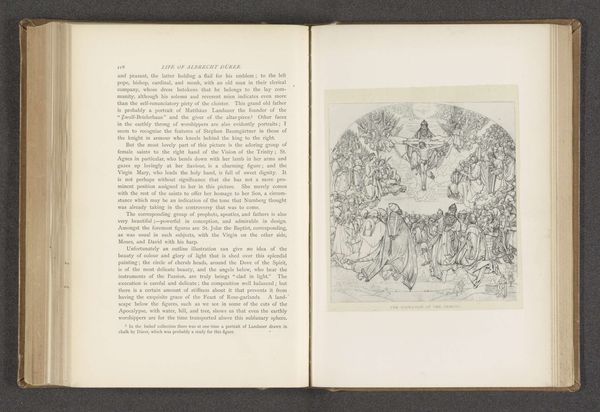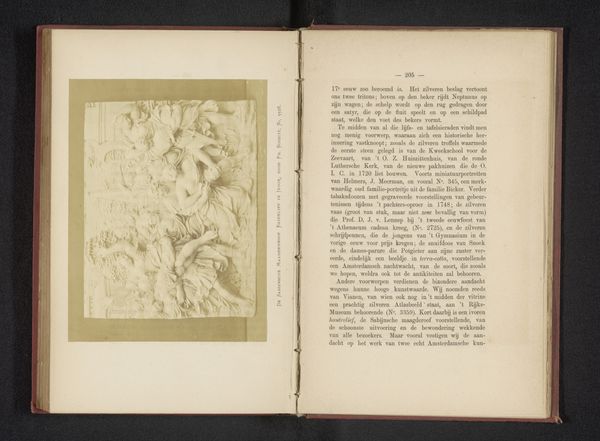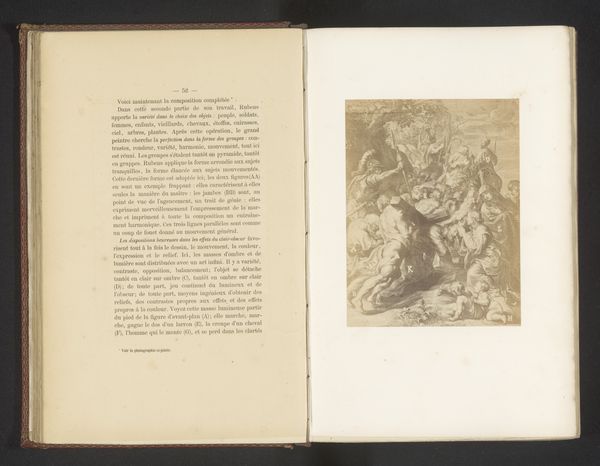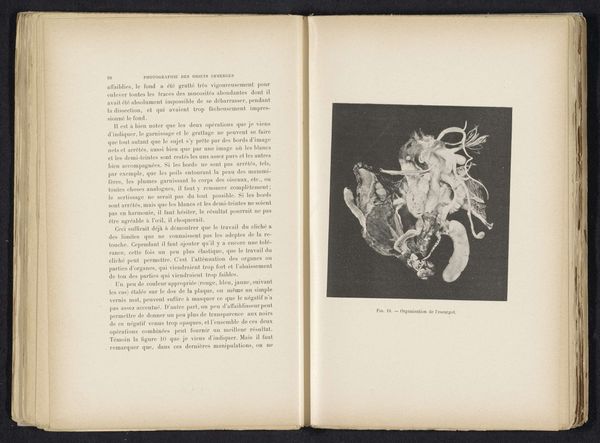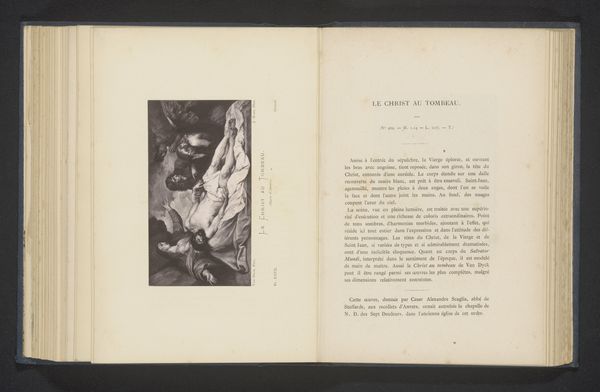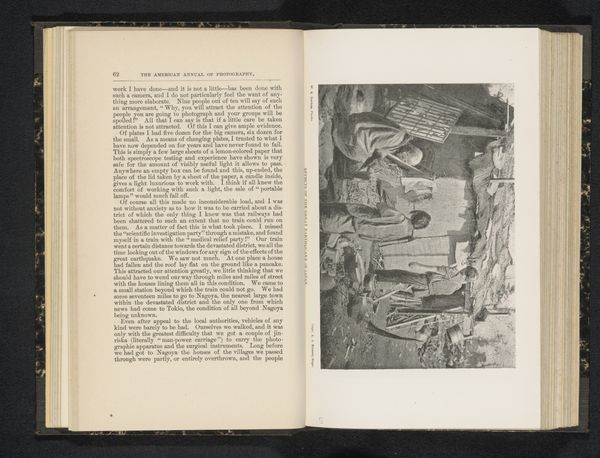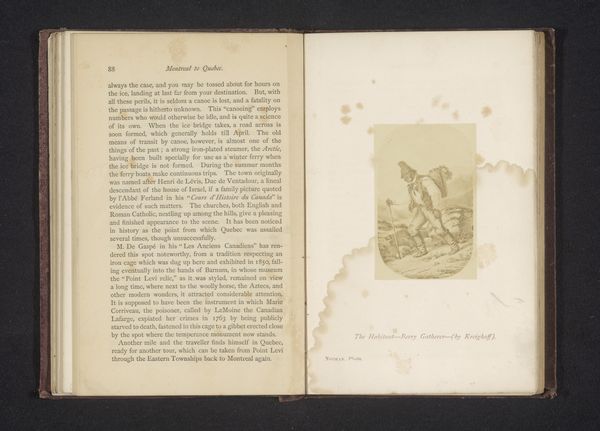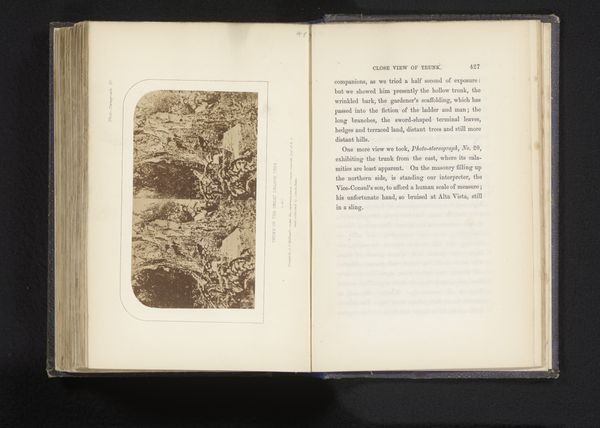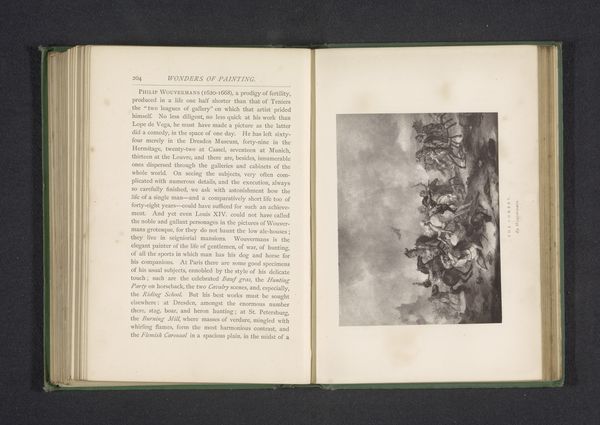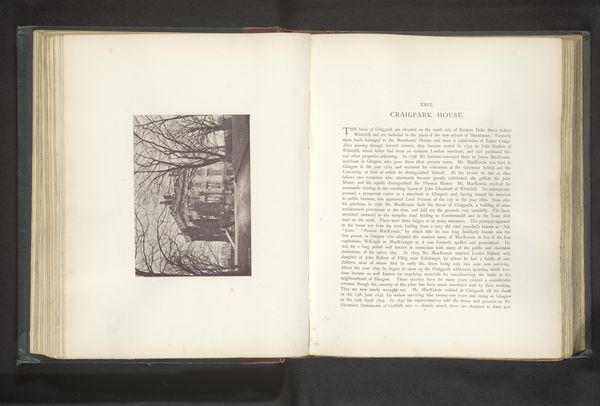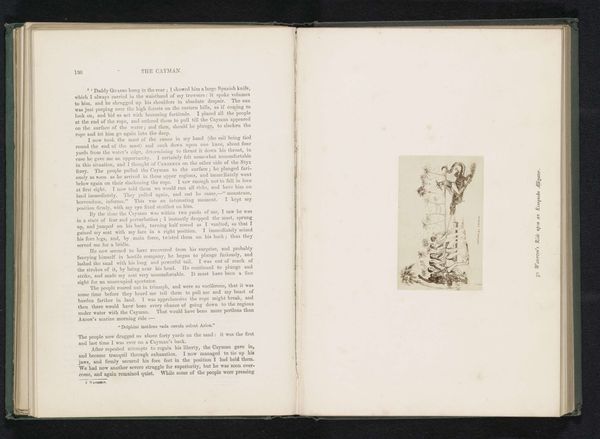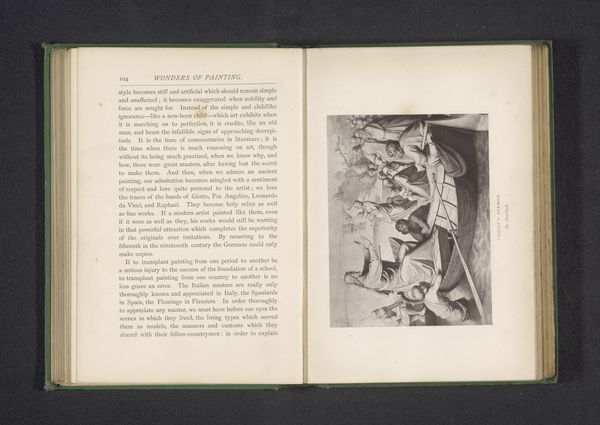
drawing, print, etching, paper, engraving
#
drawing
# print
#
etching
#
paper
#
text
#
engraving
Dimensions: height 90 mm, width 116 mm
Copyright: Rijks Museum: Open Domain
Curator: This etching, titled “A Check,” is attributed to an anonymous artist and dates back to before 1899. It’s rendered in black and white on paper, showcasing a rather busy scene. What are your immediate impressions? Editor: Chaotic! It’s a whirlwind of horses, riders, maybe a fox hunt? The composition feels deliberately crowded, almost claustrophobic. The engraving is quite detailed, giving a frenetic energy, a mood that feels unsettled, maybe even a little panicked. What do you think? Curator: It certainly captures a specific kind of period energy, doesn’t it? Knowing it's a printmaking technique, engraving, suggests a potential for wider distribution. Paper itself, as a ground and support, is affordable, flexible and readily available; hence engravings tend to get around a bit. "A Check" could be more than just an image. Editor: Absolutely. Thinking about it as a material object, mass production becomes relevant. Were these scenes intended for an elite audience, perhaps mocking their pursuits? Or for a more general consumption, providing entertainment? The choice of engraving also points to a certain level of craft. I wonder about the labour involved. Was the artist also the printer, or were these distinct roles? How would they feel? Curator: That's where it becomes intriguing. Given its possible era, it could comment on social mobility, the thrill of the hunt now available for wider engagement. Or it could touch upon the cost, ethical questions maybe? Editor: Cost is the right word, it had one for a material reality too! Think of the time it took to create the matrix and execute each impression. This labor speaks of patience, dedication. The use of paper emphasizes that contrast between effort and ephemeral nature, no? How accessible prints are, compared to singular artforms such as a painting. And this relates directly to potential markets as well: cheaper costs will obviously attract broader consumption than single works by singular authors. Curator: Perhaps it’s the ambiguity itself that’s key to its continued relevance. That tension between privilege and the shared human experience – it’s a space the artwork occupies, refusing a simple answer. I can sense in it a desire to open a world up. Editor: I love that. It brings a feeling of intimacy which contrasts so powerfully with mass-production as technique. As well as access, the image is also designed, like paper itself, for use, so as the book is scanned page after page. Thanks for letting us check that out.
Comments
No comments
Be the first to comment and join the conversation on the ultimate creative platform.
